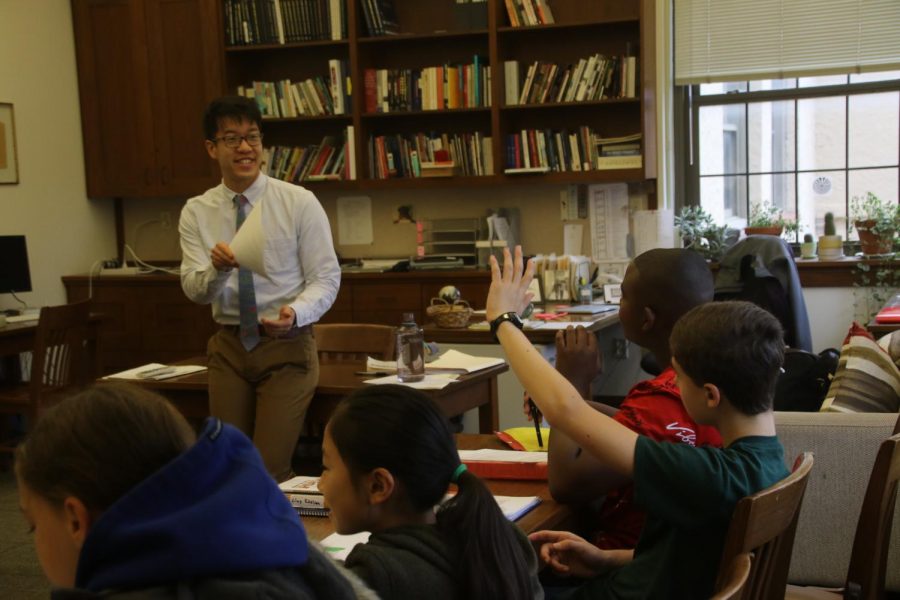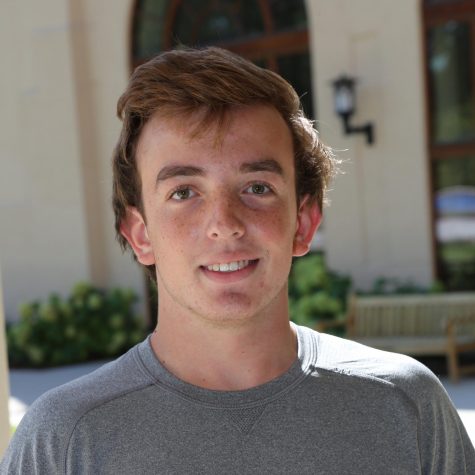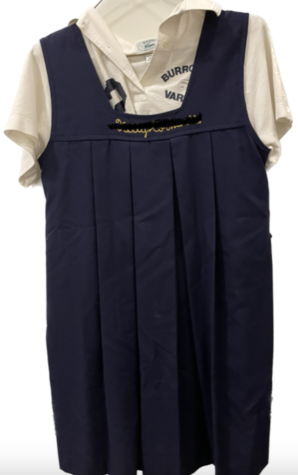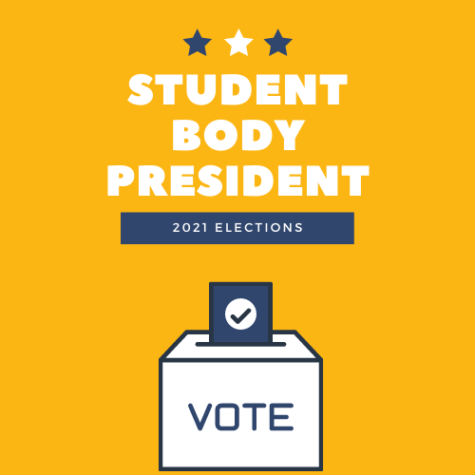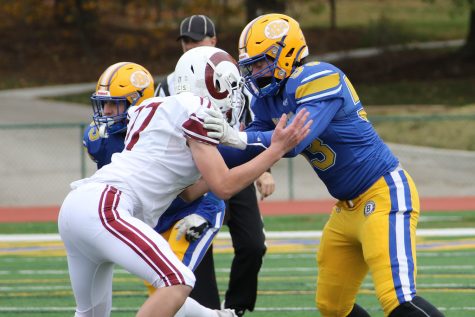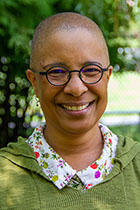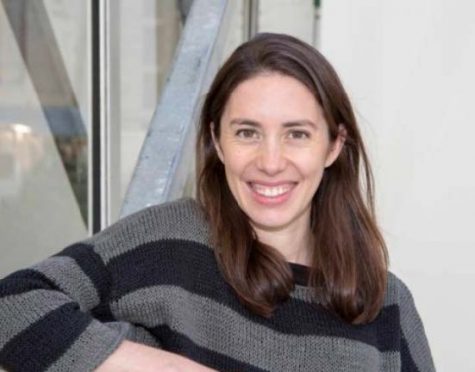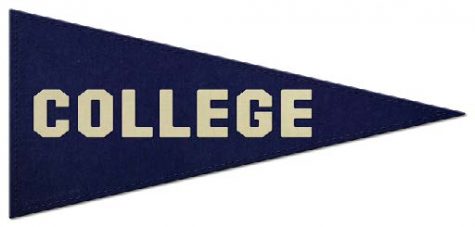Teacher Hiring Process
December 15, 2019
A recent Wash U. graduate student, Andy Chen was working as a bartender at the now-defunct local restaurant Atlas one night when then-Burroughs counseling department chair Prue Gershman walked in and sat at the bar. Atlas was a “small,” “dimly-lit” French establishment, he recalls; not even scheduled to be working that night, he was filling in for a friend who was sick. “It was a slow night,” Mr. Chen says, so he and Ms. Gershman struck up a conversation. She told him about Burroughs, “which I had never even heard of before.” A few months later, Mr. Chen heard from the restaurant’s owner that Ms. Gershman wanted to get in touch with him; she told him that a spot had opened up in the JBS English Department and encouraged him to apply.
Mr. Chen, who has taught at Burroughs since 2016, just happened to have been at the right place at the right time. “I was hired in a very unconventional way,” he acknowledges. History Department chairman Mark Smith describes the teacher hiring process at JBS as one with many “moving parts,” with a committee including the Director of Academics, the Department Chair, and the Head of School all working together to find the “magic sweet spot between all the various interests [regarding coaches, teachers, and club sponsors]” at the school.
Dr. Smith is always looking for the best history teacher he can find, which he describes as “someone who knows their material,” but is also passionate about education and wants to work with the age group that Burroughs teaches. Being hired at Burroughs is a rigorous process that can take its toll on both the candidate and the interviewers. Prospective teachers meet with numerous people, both students and faculty alike. They will teach a class as a part of their interview and will likely sit down for lunch with students. A job at Burroughs is still a highly sought-after position: Dr. Smith reveals that last time the history department hired two new teachers, they received more than 65 applications for the spot.
However, it is not a one-way street. The applicant still has to agree to the job, so the school tries to use the interview time to sell them on Burroughs as well by giving them a chance to embrace the school’s mission and identity. “It’s a strong statement for the school to have all potential hirees sit down with the director of diversity, as we do,” says Dr. Smith.
 While Mr. Chen’s initial brush with JBS was unique, before being hired, he was subjected to the same extensive interview process other prospective teachers must undergo. After he applied, Mr. Chen remembers being interviewed by English department chair Eleanor Des Prez, who primarily asked him questions regarding his previous teaching experience. Afterwards, he came to Burroughs for a marathon day of interviews, in which he met with the school’s headmaster, diversity director, three grade-level principals, director of academics, and the entire English Department. “The interview process was long,” he admitted. Mr. Chen discussed with faculty members the books he enjoyed teaching and also taught a class of students to further illustrate his ability. He believes teaching a class helped him to showcase an “energetic drive” that allowed him to compete with other candidates who possessed more experience.
While Mr. Chen’s initial brush with JBS was unique, before being hired, he was subjected to the same extensive interview process other prospective teachers must undergo. After he applied, Mr. Chen remembers being interviewed by English department chair Eleanor Des Prez, who primarily asked him questions regarding his previous teaching experience. Afterwards, he came to Burroughs for a marathon day of interviews, in which he met with the school’s headmaster, diversity director, three grade-level principals, director of academics, and the entire English Department. “The interview process was long,” he admitted. Mr. Chen discussed with faculty members the books he enjoyed teaching and also taught a class of students to further illustrate his ability. He believes teaching a class helped him to showcase an “energetic drive” that allowed him to compete with other candidates who possessed more experience.
Burroughs’ lengthy teacher hiring procedure is indeed thorough but certainly necessary. Conducting comprehensive interviews and assessing a candidate’s teaching ability with an actual class helps to verify skills. This system allows the Burroughs community to thrive by matching some of the most genuine and qualified teachers to similarly interested students.
